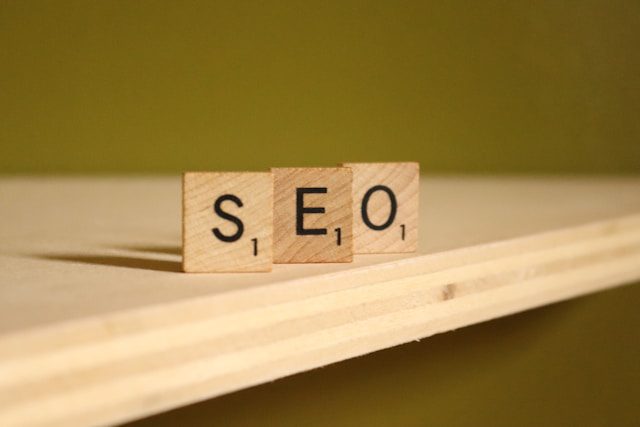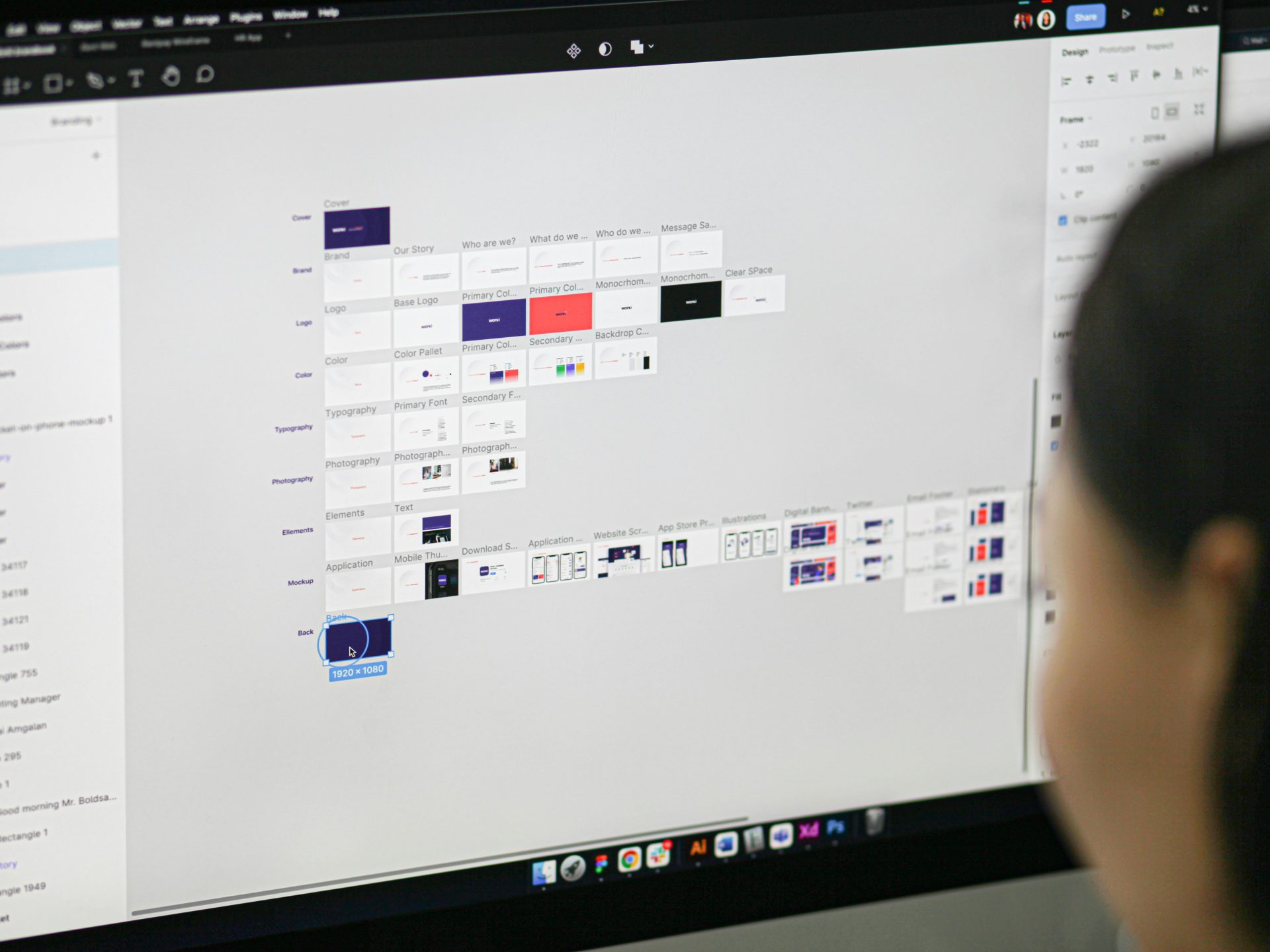Onsite SEO is one of the three main branches of a successful SEO strategy. The other two branches are offsite SEO – which involves links and other mentions of your business on the internet – and technical SEO which looks at the indexing of your website in Google. Without good onsite SEO, however, you will struggle to improve your rankings.
Onsite SEO involves optimising your website to ensure Google properly understands it. It also involves ensuring your website adheres to Google’s guidelines. Here are our top five onsite SEO tips.
- Ensure You Publish High-Quality Content
Representatives from Google, Google help articles, and blog posts from the search engine repeat at every opportunity the need for high-quality content. Therefore, there is no other option but to make sure the content you publish on your website is good.
What does this mean, though? High-quality content means publishing content that is useful, informative, and or entertaining for visitors to your website.
- Optimise Page URLs, Titles, and Meta Descriptions
Page URLs, titles, and meta descriptions are important for two reasons:
- With the possible exception of meta descriptions, we know Google uses them as a ranking factor when deciding the ordering of a search results page
- All three appear on search results pages, so play an important role in convincing people to click through to your website
So, how do you optimise page URLs, titles, and meta descriptions? Here are some tips:
- Page URLs – make sure the page URL is meaningful rather than being a string of letters and numbers. Using the page title is often the best approach. Also, you should include the main keyword of the page in the URL.
- Page titles – Page titles should also include the keyword, plus you should ensure the keyword is as close to the start of the title as possible. Also, make sure the title is descriptive, engaging, and interesting, but don’t make it too long as Google only displays about 70 characters.
- Meta descriptions – meta descriptions should include the keyword too and they should accurately describe what is on the page. They can’t be too long either – a maximum of 120 characters.
- Optimise the Content
There are three elements to optimizing the content on your page:
- Ensure it is well-written with no spelling or grammar mistakes
- Ensure it is easy to read with short sentences, short paragraphs, and everyday language
- Include the keyword on the page, particularly in the H1 heading, the first paragraph of text, and in one or two other places within the text.
- Ensure Your Website Loads Fast
Slow websites result in bad user experience. This is not good for your business in general, but it also impacts your rankings in Google search. This is because slow loading websites result in a bad user experience, i.e. a bad experience for Google’s users. As Google doesn’t want its users to have bad experiences, it prefers websites that load fast.
- Ensure Your Website is Mobile-Friendly
Google also prefers to offer websites that are mobile-friendly when people searching using mobile devices. So, if your website is not mobile-friendly, you could be losing traffic as your site probably doesn’t appear on mobile searches.
Addressing each of the issues above will help boost your rankings as well as giving you a good platform to build on with future SEO strategies and initiatives.








